From unusual vibrations
On September 10, after storm No. 3 Yagi swept through several provinces and cities in the North of our country, a flood of rocks and soil buried the entire Lang Nu village, Phuc Khanh commune, Bao Yen district, Lao Cai province, leaving behind untold pain and loss for the people here.
Faced with the reality of increasingly severe and unusual natural disasters, on October 2, the Department of Geotechnical Engineering and Infrastructure Development, Faculty of Geology, University of Natural Sciences, Vietnam National University, Hanoi organized a scientific seminar “Lang Nu Disaster – Causes and Prevention Solutions”, with the participation of many geological experts returning from a field trip to Lang Nu.
Dr. Ngo Van Liem, Head of the Department of Geomorphology and Geography - Marine Environment, Faculty of Geography, University of Science, Vietnam National University, Hanoi, said that debris flow, this type of flood often occurs during heavy rains, lasting for many days in stream basins in mountainous areas, where the terrain is steep, the weathered crust/thick soil layer.

According to the description of the people recorded by the media, before the flood and rocks came down, there was a loud explosion. Before that, some people saw rocks falling from the high slopes, but even when they saw the rocks falling, not everyone was able to escape the flood of rocks that followed. So, how can we prevent the disaster of rocks and rocks?
Dr. said that there is currently a lot of information about the explosions and rumbling sounds of rocks and soil in the mudflow. It can be seen that there are two big explosions in common. With professional knowledge, it can be determined that the first explosion was caused by a landslide of large rocks and soil near the top of Con Voi mountain (where the mudflow and landslide 1 originated).
The second explosion was the breaking of a temporary dam formed at the narrow end of the valley (400-500m from Lang Nu). This dam was formed by the material source from the landslides on the valley slopes (landslide 2) and materials brought by the stream flow. This dam could have been formed not long before, or could have been formed right after the landslide at the top occurred, stimulating the landslide 2).

Sentinel 2 satellite image (September 19, 2024) shows mudflows and landslides that caused a disaster in Lang Nu, Phuc Khanh commune, Bao Yen district, Lao Cai (September 10, 2024). Photo: University of Natural Sciences
Although the basin length is not large (about 3km), this is an area with a large slope, so the velocity of mud and rock flow is very large, so it is very difficult to have effective immediate warning measures, especially floods often occur at night until early morning, so it is very difficult to detect and give early warning.
“In my opinion, the best way to prevent is to avoid building residential areas below stream mouths or/and valleys between mountains. These are often proluvial fan surfaces or, in other words, they are the accumulated products of previous floods. Floods occur cyclically and will recur, so construction should be avoided in these areas. In cases where there is no other better choice and one still has to live in the above-mentioned areas, when there is a forecast of heavy rain, especially continuous heavy rain for many days, finding shelter in advance is the most feasible and best possible measure,” Dr. Liem shared.
Through this, Dr. Liem noted some signs (that may exist) "before" the flash flood - mud and rock flood occurs such as: there is a loud explosion coming from above the stream accompanied by a rumbling sound, the ground has unusual vibrations, there is heavy rain but the stream water level suddenly decreases or does not increase significantly compared to before the rain and the water becomes turbid, carrying a lot of mud and debris, cracks appear on the ground, on the walls, ceilings...
When seeing unusual signs like the above, people must urgently notify people around and find shelter in high places and far from the stream flow area (perpendicular to the stream flow).
First signs of a landslide
Dr. Ngo Van Liem said that cracks on hills and mountains are often an important “indicator” of an impending landslide. To what extent cracks need to be moved, there must be specific studies and assessments depending on the geological conditions, terrain and many other conditions of that area.
If households live at the foot of hills and mountains, especially households that cut the foot of hills and mountains (where there is a thick layer of weathered crust/soil) to build houses, when cracks of a few meters on the hill are discovered, they must consider moving; especially on days of heavy, prolonged rain, when cracks are not detected beforehand, they should also pay attention to moving because cracks can form and cause landslides in a very short time.
Dr. Liem assessed that from now until the end of the year, the Central and Central Highlands regions will be at higher risk than the Northern region, because according to the climate characteristics of our country, storms and tropical depressions will gradually move south towards the end of the year. Therefore, in the last months of the year, special attention should be paid to the risk of landslides and flash floods - mudflows in the Central and Central Highlands regions.
According to Dr. Liem, to minimize the impact of climate change, every citizen must join hands to protect the surrounding environment. We should start with small daily tasks: saving energy (turning off lights and electrical equipment when not needed, using renewable energy, unplugging from the power outlet after use, etc.); minimizing waste (using recyclable items, limiting the use of disposable plastic items, sorting and putting garbage in the right place, etc.); planting more trees; saving water; using public transport; increasing physical activity by cycling or walking, etc.
By making small changes to our lifestyles, we can make a big difference in reducing and limiting the effects of climate change which also means helping to limit and minimize the damage caused by natural disasters.


![[Photo] General Secretary concludes visit to Azerbaijan, departs for visit to Russian Federation](https://vphoto.vietnam.vn/thumb/1200x675/vietnam/resource/IMAGE/2025/5/8/7a135ad280314b66917ad278ce0e26fa)
![[Photo] National Assembly Chairman Tran Thanh Man chairs the meeting of the Subcommittee on Documents of the First National Assembly Party Congress](https://vphoto.vietnam.vn/thumb/1200x675/vietnam/resource/IMAGE/2025/5/8/72b19a73d94a4affab411fd8c87f4f8d)
![[Photo] Prime Minister Pham Minh Chinh meets with the Policy Advisory Council on Private Economic Development](https://vphoto.vietnam.vn/thumb/1200x675/vietnam/resource/IMAGE/2025/5/8/387da60b85cc489ab2aed8442fc3b14a)
![[Photo] General Secretary To Lam begins official visit to Russia and attends the 80th Anniversary of Victory over Fascism](https://vphoto.vietnam.vn/thumb/1200x675/vietnam/resource/IMAGE/2025/5/8/5d2566d7f67d4a1e9b88bc677831ec9d)
![[Photo] President Luong Cuong presents the decision to appoint Deputy Head of the Office of the President](https://vphoto.vietnam.vn/thumb/1200x675/vietnam/resource/IMAGE/2025/5/8/501f8ee192f3476ab9f7579c57b423ad)


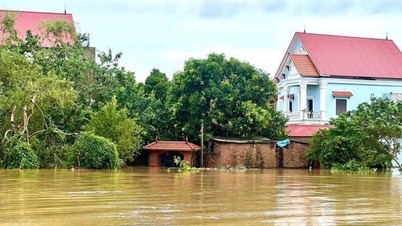








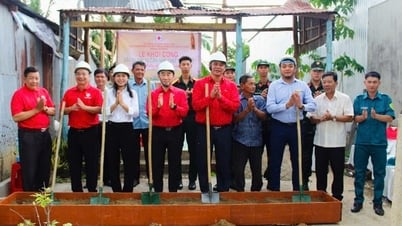

![[Infographic] Instructions on steps to contribute ideas to amend the 2013 Constitution on VNeID](https://vphoto.vietnam.vn/thumb/402x226/vietnam/resource/IMAGE/2025/5/8/c61c8c11815c4691848ae93a3e567ef7)

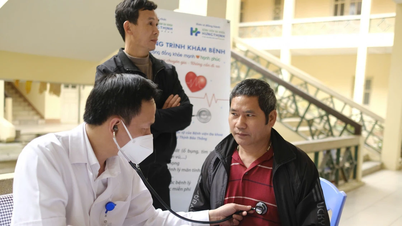




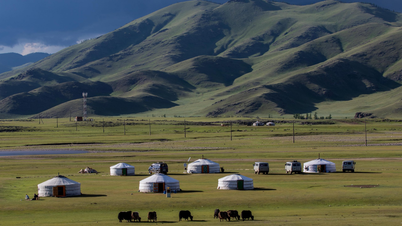

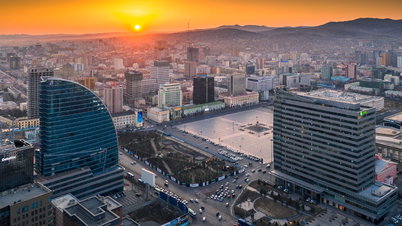

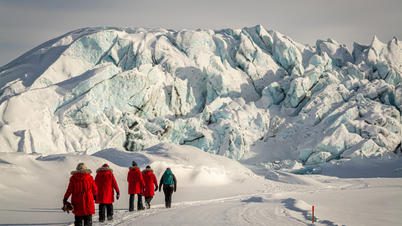
































![[Photo] Prime Minister Pham Minh Chinh talks on the phone with Singaporean Prime Minister Lawrence Wong](https://vphoto.vietnam.vn/thumb/402x226/vietnam/resource/IMAGE/2025/5/8/e2eab082d9bc4fc4a360b28fa0ab94de)



















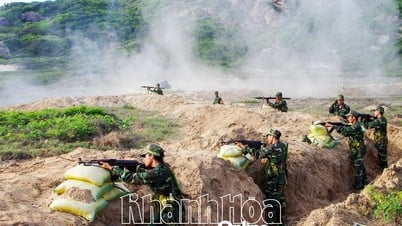













Comment (0)